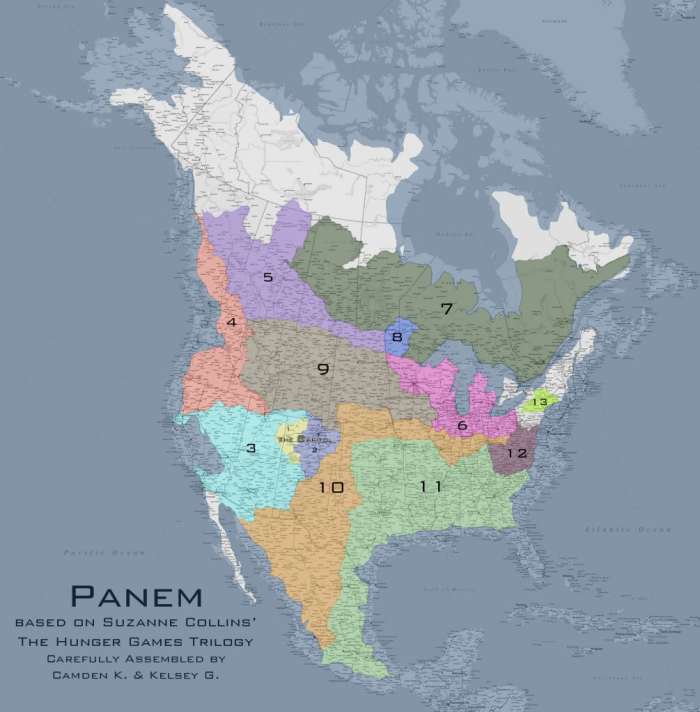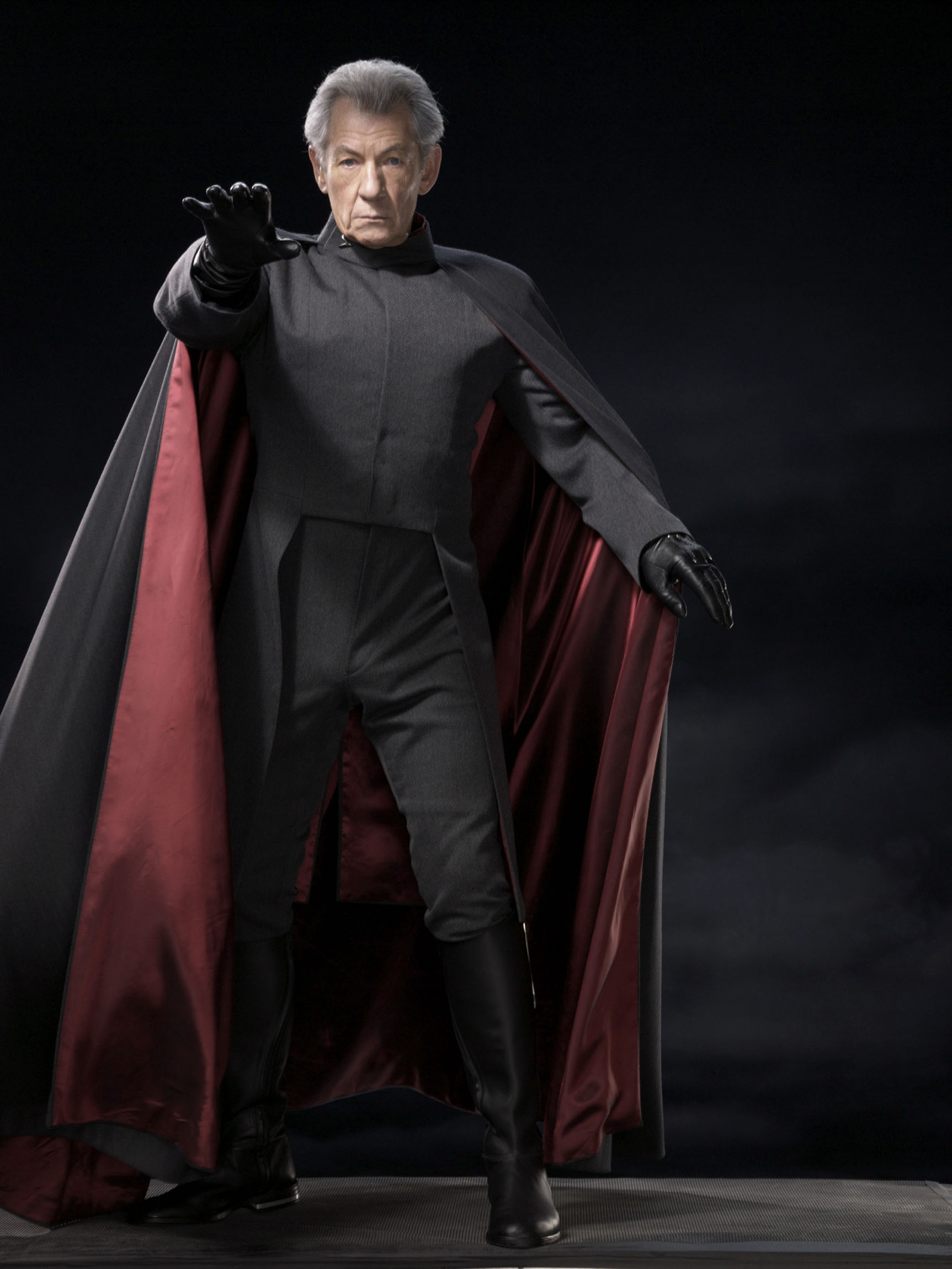Bonjour, gutten morgon, all of that good stuff!
So I am sure that many of my little American friends can remember hearing the Dr. Seuss book Oh The Places You’ll Go (by the way, the name Seuss is actually pronounced SOH-ees, not SOOS). Yes! Oh the places that you will go – when you are writing or reading a book. Destinations are extremely important, but first you need to create them. Now, you could think that I am referring mainly to cities, right? I actually am NOT. I am referring to those very potent yet mainly obscure places: geographical locations.
One of two ways to go is to just pick a place that already exists. Take The Hunger Games trilogy for example. Ms. Collins places the nation of Panem in the ruins of what was once North America, but many years after the ice caps have melted and the coasts have flooded. Because of that, it is original in its own right. But, the not-so-original aspect is the fact that she used the geography of North America.
I suppose that this unoriginal geography does add some fun to reading the story. It makes an American reader think,”Hmm, where am I in Panem? I think I am in District 1!” My English II class did this with the Writing Goddess and it was very fun to try and place the different districts. I am in Tennessee, and because most of the state farms, I could safely assume that where I am is part of District 11. American friends, that’s pretty fun, right? Friends from outside the country, my deepest apologies that you cannot experience this awesomeness…

Personally, there are some districts that are in different places than in the map above, but that’s just my opinion. Here is why: I have done my research, and some of the facts don’t add up. Where District 11 goes up into the Appalachian Mountains, I would replace it with District 12 land.
The simple truth for that is to do your research. Geography has a major role in where aspects of your world are placed. The geography can even be the foundation of the people and the culture. Greece is a mountainous country with tons of islands. Where do the Gods live? On a mountain. Where were most wars fought? On the sea. See? Simple things like geography can set off the entire culture.
Let me use my world exempli gratia.
My world consists of an empire split into 12 kingdoms. The Empire is called Terrapaxus, and not only does it span the globe, it consists of every land mass on Earth (minus Antarctica). Every nanometer is ruled by one person. It is basically like Panem, but the only thing the two empires have in common is the one person ruling everyone with a hereditary heir.
Each kingdom is based on a Zodiac sign, and if you were to rearrange the names of the kingdoms, you would find the names of the Signs. Let us take Cancerians and the kingdom of “Cranec,” for example.
Cancer the Crab is the 4th sign. It is a Water sign. Caucasian Cancerians are typically more palid and have lighter eyes and hair, but sometimes the hair and eyes are very dark. Many Cancerians have an affinity for water and the ocean, of course, and those who live near the beach in warmer climates tend to be tan. Cancerians are very sweet and caring, but can be crabby at times. If they get emotionally hurt, they can retreat into their own private world like a tortoise into its shell. They are very family-oriented, have a love of cooking and antiques, and sometimes can be very bad packrats.
Take the given information of a Cancer. When I think of Cancer, I actually don’t think of that warm Cancun beach full of sun, and the sparkling blue waters of Hawai’i, though they are some top destinations of Cancerian tourists… I think of the balmy, rough beaches of the west coast of Ireland, and the massive cod slowly smoking away in an old Inuit hut. Therefore, I placed the kingdom of Cranec in the Northern Hemisphere.
Cranec consists of the French region of Brittany, the British Isles (the “United Kingdom” has been abolished), Iceland, Greenland, Canada, Alaska (the Last Frontier has been separated from the US and made into its own country), and the Russian subdivisions of Chukotka, Kamchatka, Magadan, Sakhalin, Khabarovsk, Jewish Autonomous Oblast, and Primorsky.
——————————————————————–
Do what you will with your world. Make it millions of years ago with the ancient continent of Pangaea. Place it in outer space with some crazy new planet.
Have fun playing Creator Deity and start working your geographically molded mind!
– The Ollam





